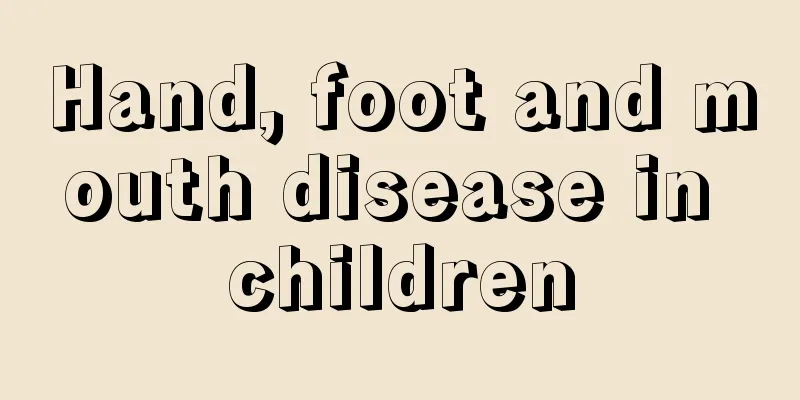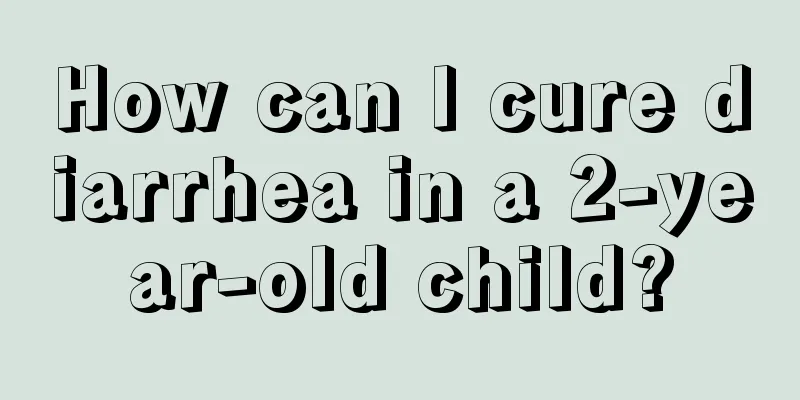Symptoms of bile duct obstruction in babies

|
Babies are too young and sometimes cannot express what they are thinking. When they are sick, they may not know where they are uncomfortable. Once the baby has bile duct obstruction, it will not only affect the child’s normal diet, but in severe cases it will also cause renal failure in the baby. Therefore, once discovered, timely treatment should be carried out to cure the disease as soon as possible. Biliary atresia is an obstructive disease of the extrahepatic and extrahepatic biliary tract. It is a progressive lesion of the extrahepatic biliary system.It can also affect the intrahepatic bile duct and is characterized by progressive inflammation and fibrosis of the intrahepatic and extrahepatic bile ducts. It is one of the most serious liver diseases in infancy and can lead to biliary stasis cirrhosis and eventually liver failure. If not treated in time, the child often dies at around one year old. It is no exaggeration to say that the diagnosis of biliary atresia is largely equivalent to issuing a death certificate for the child. What are the symptoms of bile duct obstruction in babies? There are usually two types of biliary atresia. One type is formed during the fetal period, which is relatively rare. Children with this type of biliary atresia already have bile stasis at birth, often accompanied by other malformations. The other type is more common, namely biliary atresia formed in the perinatal period. Babies with this type of biliary atresia are basically normal at birth, with normal weight and stool color. Jaundice gradually appears and deepens about 2-3 weeks after birth. The skin may turn golden or even brown. After the child passes dark green meconium, the color of the stool gradually turns to light yellow, grayish white, and clay. In the late stage, the disease is often accompanied by abdominal distension, hard liver, and a small amount of peritoneal exudate. Physiological jaundice is a physiological phenomenon. Generally speaking, it does not require special treatment and will disappear naturally in about two weeks. However, if the baby's jaundice still shows no signs of disappearing after the physiological jaundice period, or even shows a tendency to worsen, parents must take the child to a large hospital for a detailed examination to confirm the diagnosis. For parents, it may be difficult to distinguish between physiological jaundice and pathological jaundice, but you can observe the baby's skin, feeding conditions, and the color of excrement. If you see that the baby has yellow skin, drowsiness, reduced milk intake, high-pitched crying, etc., you must not be careless. It is best to ask a professional doctor to make a judgment to rule out the possibility of pathological jaundice. If the baby's stool is clay-like (grayish white), he must go to the hospital for a liver and gallbladder system examination to rule out the possibility of biliary atresia. Once biliary atresia is confirmed, you must follow the doctor's advice and undergo surgery as soon as possible to achieve better treatment results for the child. |
<<: Infant abdominal distension and gas
>>: Can rule out biliary atresia
Recommend
Reasons and solutions for baby burping after drinking milk
We also know that newborns mainly rely on breastf...
Treatment of precocious puberty
Everyone hopes that their children can grow up he...
What to do with cervical lymphadenopathy in children
Cervical lymphadenopathy in children is mainly ca...
Are there any sequelae to childhood encephalitis?
Children's encephalitis is generally acute vi...
Preventive nursing of neonatal adrenal hyperplasia
When caring for newborns, parents must do so comp...
What to do if children have less hair
Many babies have very little hair when they are b...
Will baby malnutrition cause anorexia?
Babies under three years old have not fully devel...
What tests should be performed in pediatric urology?
Many people think that urinary tract infection is...
Contents of newborn blood screening
The health of babies is what many parents are mos...
How to treat decreased appetite in six-month-old babies
Many babies often have this problem, that is, the...
How to take care of children's teeth during the tooth replacement period, parents must pay attention
When children reach a certain age, they will alwa...
Introduction to methods to cultivate children's interest in learning
Of course, parents hope that their children will ...
How to reduce swelling in children's gums
Children are prone to gum swelling and pain durin...
There is a red spot on the back of the newborn's head
For newborns, many mothers will carefully observe...
Occasional shortness of breath in newborns
Some parents who observe carefully will find that...









